Are the scales on your goldfish falling or peeling off? If this is your first time encountering this problem, you might be wondering what is wrong with your pet. Is this just an aesthetic concern, or is there something more serious going on?
The good news is that this condition is relatively normal (but isn’t fun to see), especially in goldfish under stress. However, several other issues can cause this to happen. In this article, we’ll go through the different causes and what you need to do about them.
Why Do Goldfish Scales Go Missing?
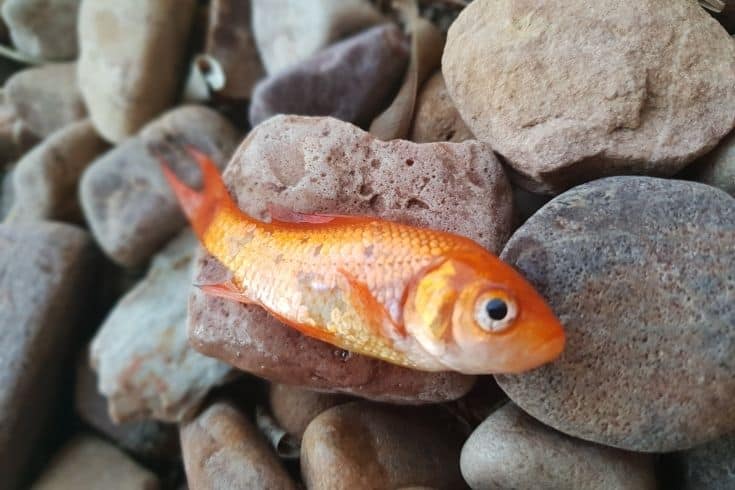
It can come as a major concern if you own a fish and later find that its scales have gone missing. This might make you assume the fish has contracted some type of disease, but there are actually several common reasons why this may have occurred:
Illnesses and Disease
Though it can look alarming, this usually isn’t a sign of a serious illness. It is usually caused by some type of physical injury or stressor. However, in some cases, bacterial infections, fungal infections, or even parasites may contribute to the problem.
Under these circumstances, you will notice relevant symptoms that hint at the underlying cause. For instance, a pet with dropsy disease will take on a bloated appearance, while those with a serious case of ich may have visible spots or show signs of a skin infection.
If you suspect that your fish’s scale loss is caused by an illness, it is best to consult a veterinarian or aquatic expert right away. For more information on goldfish diseases and how to treat them, check out this article!
Physical Injuries
As mentioned before, in many cases this condition is caused by physical injuries. This could be something as simple as an encounter with another fish or a net. You might have also used some type of treatment on your fish that caused physical damage, such as adding salt to the water, which can cause inflammation of tissues.
In many cases, injuries happen in the breeding of goldfish. This is because they are violent breeders, and the males sometimes end up injuring the females during mating. Injuries can also happen from spawning or from a female carrying eggs. If you are breeding fish for the first time, we recommend starting with species that are easier to breed.
In some cases, however, it is simply impossible for you to figure out what caused the injuries. In these situations, it is best to provide supportive treatment until the scales grow back.
Poor Water Conditions
It probably comes as no surprise that unstable water parameters can cause your pet to lose their fish scales. When fish are stressed, their immune system weakens and they will be more prone to infections.
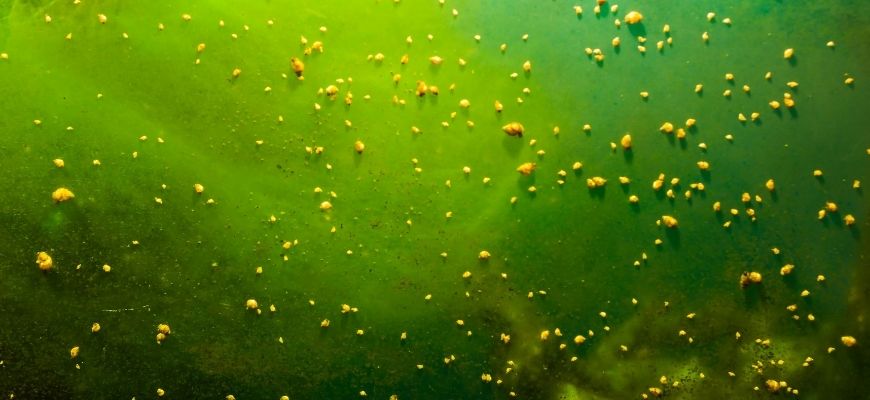
Sometimes you can tell from looking at the fish’s scales if this is what caused them to fall off. For instance, fish with dropsy or bacterial infections will have scales that are obviously darker than usual. However, you might not be able to tell what caused the infection without looking at the water quality.
To do so, run frequent water tests to keep ammonia and nitrate levels under control, get rid of any toxins in your tank (like medications), and keep the temperature at a stable level. You should also consider getting an aquarium filter if you don’t already have one.
Poor Diet
Nutrient deficits can also cause the loss of scales and other health issues, such as stunted growth. An outright deficiency in some nutrients might be harder to diagnose at first glance. However, you may notice that your fish has fewer scales than it should or that they are not as shiny as usual.
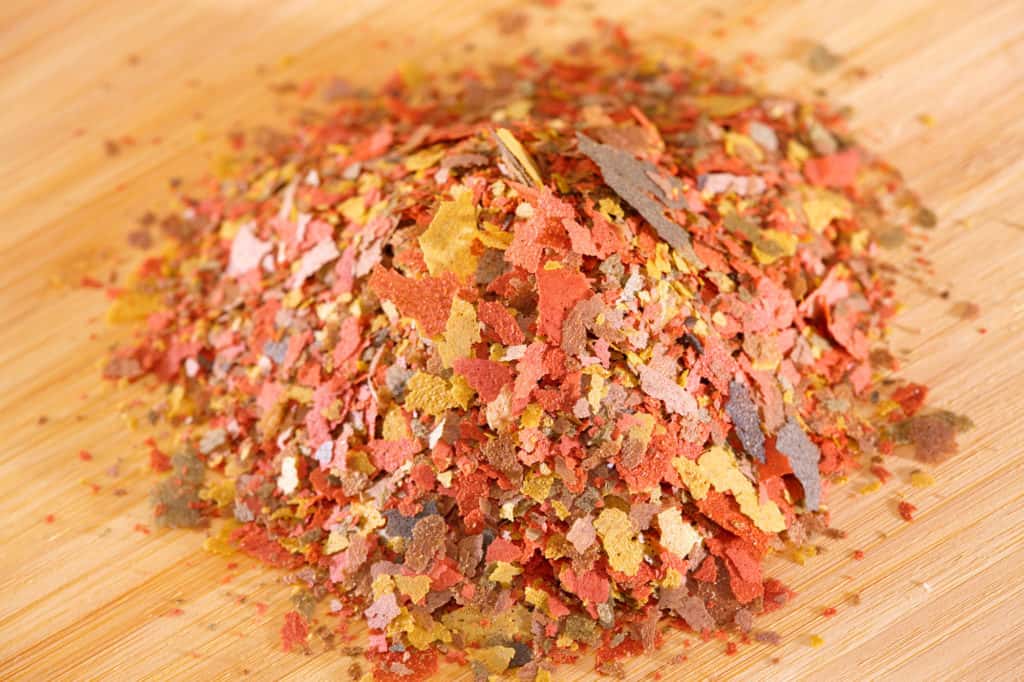
These nutrient deficiencies usually develop if the fish is not getting enough protein in its diet, so try to feed your pet high-protein food. A healthy goldfish diet should consist of at least 50% protein, so make sure you are getting some quality fish food with lots of protein.
An overabundance of some nutrients can also cause problems. For instance, giving your pet too many pellets might lead to an imbalance between calcium and phosphorus levels in the water. This is why it’s important to read up on the full list of nutrients in your fish food.
Aging
The age of goldfish can sometimes affect the health of their scales. A fish’s scales are constantly growing, so older fish have larger ones than younger fish. Over time, those with larger scales will naturally shed them more often.
This does not mean that your pet is unhealthy or anything like that—you simply need to clean the wrinkles in the skin every once and a while. If your pet is younger, you will have to clean the wrinkles less often. Otherwise, following these steps should do the trick just fine.
However, you should look out for any abrupt changes in your pet’s appearance. If they lose a lot of scales at once, it could be a sign of another health problem.
How Do I Treat A Goldfish With Missing Scales?
Now that you have a better understanding of what causes goldfish to lose scales, it is time to move on to the next question: how do I fix this problem? In many cases, this condition is merely cosmetic and your fish will be fine after some time. However, if your fish experiences a considerable amount of scale loss, or if several fish in the same tank is experiencing this problem, there is a chance that your tank conditions have gone awry.
Step 1: Examine Your Tank Conditions
The first step to take in order to fix a missing scale issue is to examine your aquarium and fix any potential problems. This is because the scale regrowth process is unlikely to take place without a healthy living environment – making this the first thing you should do.
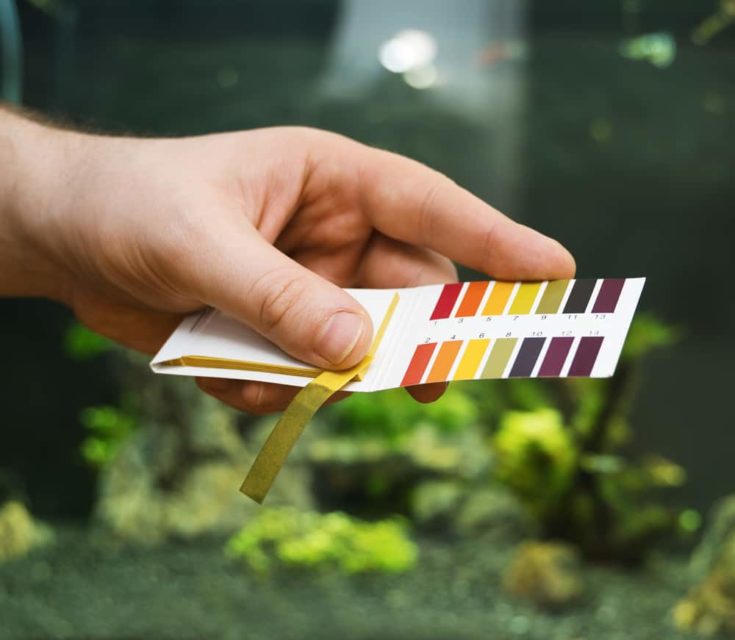
Start by making sure that nitrate and ammonia levels are in check using water test kits. If you find that these levels are abnormally high, it is time to perform a water change. In addition, pay attention to your water temperature and make sure that it is within the required range.
Once you’ve got the fundamentals out of the way, perform a secondary survey to determine if your goldfish aquarium setup creates a safe space for your pet. Remove jagged decor as these may cause injury, and ensure that your pet has ample space to swim and hide when they need to. Above all, do not forget to implement a strong filtration system that can keep your aquarium clean and healthy.
Step 2: Feed Your Goldfish A Proper Diet
The type of food you feed your pet will contribute to their overall health and appearance, including how well they regrow scales. When choosing food for your fish, remember the golden rule: variety is the spice of life. Your pets should not eat mainly pellets if they have a chance to consume a wide range of fish foods.
Avoid corn-based goldfish food as much as possible. This type of food will not provide a good source of nutrition for your pet and can even result in malnutrition. It is best to feed your fish omnivore pellets, which will give them the nutrients they need.
Remember to supplement your pet’s diet with the nutritional benefits gained from live, fresh, and frozen food options. These soft foods are more easily digested, which will make it easier for them to recover. Diet truly is key to having healthy goldfish!
Step 3: Add Aquarium Salt To Your Tank
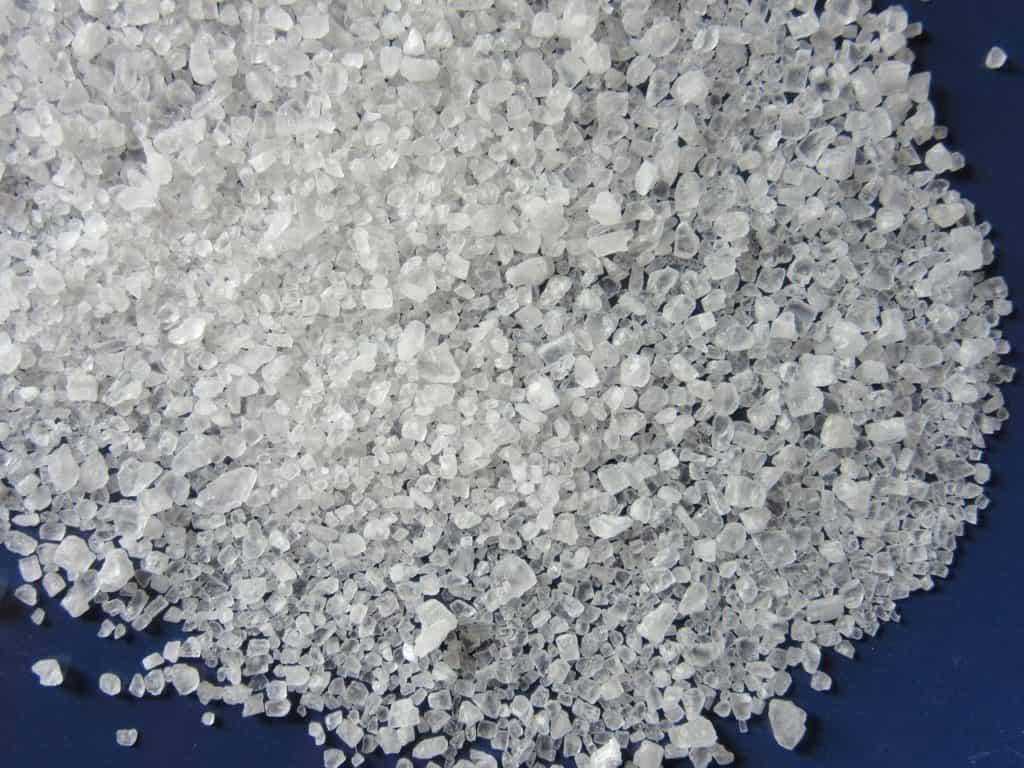
Adding aquarium salt to your tank can help accelerate the regrowth of their scales when they become lost. This is because your pet’s slime coat will be able to heal more easily when salt is added to the water (although it can also be used in freshwater tanks).
However, do not add too much salt to the water as it can be a cause for concern if consumed in large amounts. Use a tiny dose of salt that will help stimulate healing and regrowth without creating a salt toxicity situation. We recommend no more than 1 tsp for every 5 gallons of water.
Once the salt has been added, monitor your pet carefully to see if their condition improves. After a few weeks, most of them should have grown back fully – but in some cases, this may take longer than expected.
Step 4: Take It To A Fish Veterinarian
If you try all of the steps above to no avail, it is definitely time to take them to a veterinarian. Goldfish can be treated with antibiotics if there is an infection or other problem that may explain their condition.
While this step should only be considered as a last resort (after trying many other methods), taking your pet to a veterinarian will provide you with the best chance of getting it back in good health.
Your vet will treat the underlying cause of your fish’s condition and also provide you with treatment options that can promote regrowth. Whether this is through new methods or products, your beloved friend’s scales should begin growing back before long.
In Conclusion
There are many reasons why your pet may lose its scales – but that doesn’t mean you need to panic. With this guide, you’ll have everything you need to know about regrowing lost scales on a goldfish and how to prevent it from happening in the future.
It is important to remember that fish are living creatures, and they can sometimes get sick or sustain injuries just like you would! However, with lots of love and proper care, your pet will be back up to full strength in no time.
Have further questions? Drop us a comment and our team will be happy to help!
Please take a second to push the social buttons at the top left and share this article with friends. Your small gesture means a lot to us!

How often should I change the water in my hospital aquarium that contains my fish missing scales . Do a partial change every couple days?